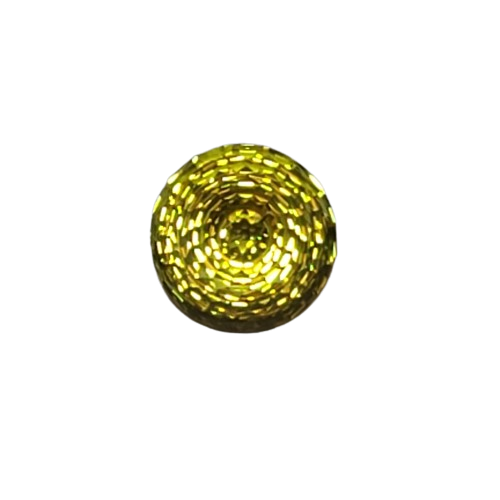Citrine Information

Citrine
Citrine, a gemstone cherished for its radiant golden hues reminiscent of the warmth of sunlight, captivates with its clarity and vibrant coloration. This transparent variety of quartz is prized not only for its beauty but also for its affordability and versatility in jewelry design. Found primarily in Brazil, Bolivia, Uruguay, and Madagascar, citrine's natural deposits also extend to regions like Russia, Spain, Scotland, and the United States, notably North Carolina. Its popularity stems from its cheerful appearance and symbolic associations with positivity, joy, and prosperity.
Facts About Citrine:
- Mineral Type: Citrine is a variety of quartz, composed of silicon dioxide (SiO2) with trace amounts of iron responsible for its yellow to golden color.
- Locations Found: Major sources of citrine include Brazil, Bolivia, Uruguay, Madagascar, Russia, Spain, Scotland, and the United States (particularly North Carolina).
- Mohs Hardness: Citrine has a hardness of 7 on the Mohs scale, ensuring its durability and suitability for everyday wear.
- Common Treatments: Most citrine on the market is heat-treated amethyst or smoky quartz to enhance its color to a desirable golden hue.
- Refractive Index: Citrine exhibits a refractive index ranging from approximately 1.544 to 1.553, contributing to its brilliance and luster.
- Birefringence: The birefringence of citrine is low, typically around 0.009, which is characteristic of quartz minerals.
- Specific Gravity: Citrine's specific gravity ranges between 2.65 and 2.75, indicating its density relative to water.
Citrine continues to be a popular choice for jewelry enthusiasts and designers alike, appreciated for its sunny disposition and ability to brighten any jewelry collection. Whether featured in rings, earrings, necklaces, or bracelets, citrine's vibrant color and positive energy make it a beloved gemstone choice that transcends trends and brings timeless warmth to its wearers.
